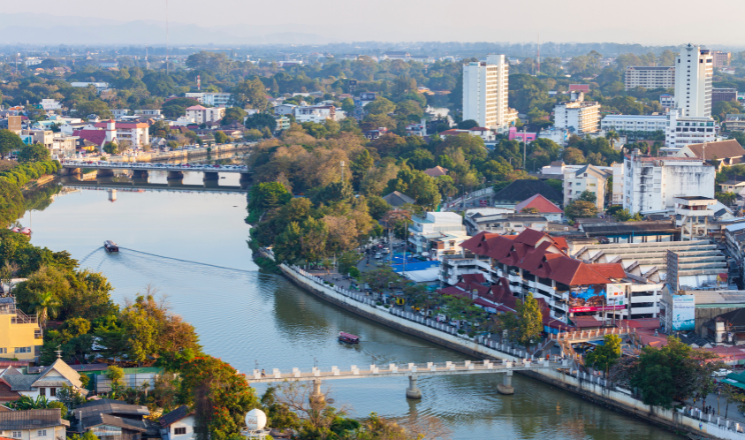Tucked away in the misty mountains of Northern Thailand, nature in Chiang Mai offers more than just temples and tasty street food. It’s a haven for nature lovers looking to roll up their sleeves and get a little muddy. From elephant sanctuaries to organic farms and jungle treks, this is where you can actually do something with nature—not just admire it from afar.
In this post, we’re diving deep into hands-on experiences with nature in Chiang Mai, using verified tips and insights to help you plan an adventure that’s equal parts relaxing and inspiring.
Why Nature in Chiang Mai is Special
Unlike Thailand’s more commercial tourist spots, Chiang Mai’s connection to nature feels real and untouched. Yes, you’ll find eco-lodges and guided tours, but the magic here comes from its mix of wild forests, sacred mountains, and warm local communities.
More than anything, Chiang Mai invites you to become part of nature, not just observe it. That’s the secret to its charm.
Elephant Encounters: A Real Bond with Chiang Mai Nature
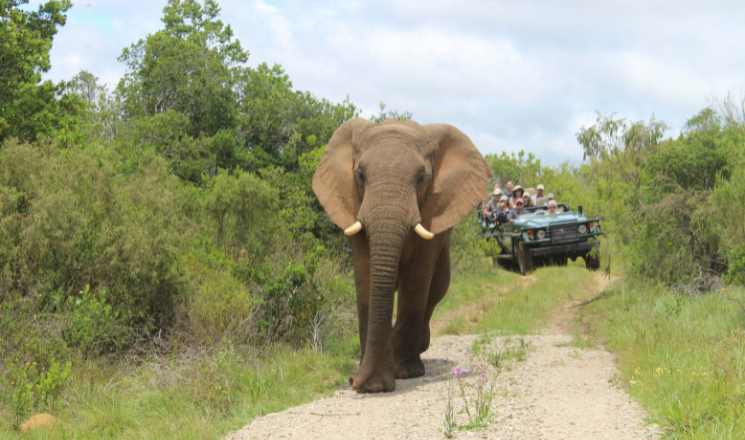
When thinking about hands-on nature in Chiang Mai, elephants probably come to mind—and rightly so. But not all elephant experiences are created equal. Choose sanctuaries that put the animals first.
One of the best places for an ethical experience is the Elephant Nature Park. This sanctuary rescues elephants from logging and tourism abuse. Instead of riding, you’ll feed, bathe, and walk with them in a peaceful setting. It’s moving, humbling, and absolutely unforgettable.
Besides elephants, the park also takes care of dogs, cats, and buffalo. Spending a day here isn’t just fun—it’s meaningful.
Transition Tip: As you plan your visit, make sure to research each sanctuary’s mission. That way, your adventure helps both the animals and local communities.
Jungle Treks and Forest Trails in Northern Thailand
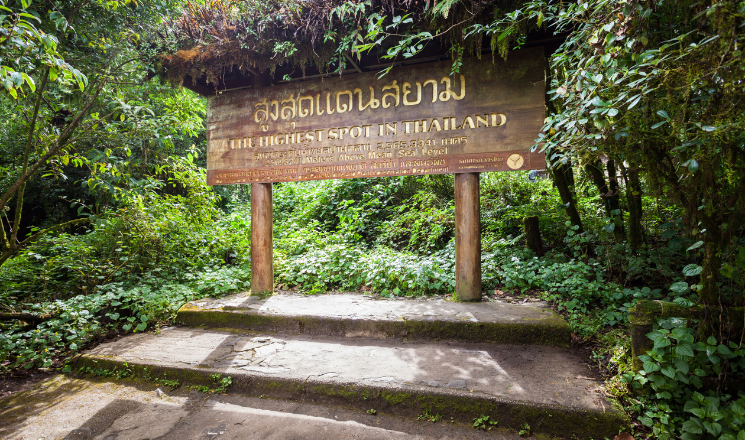
Chiang Mai’s landscape is packed with dense jungles, rushing waterfalls, and endless mountain trails. So, if you’ve got sturdy shoes and a love for adventure, you’re in luck.
Doi Inthanon National Park, home to Thailand’s highest peak, offers several trails that wind through cloud forests and past cascading falls. The Pha Dok Siew Nature Trail is a favorite, especially for travelers wanting to meet Karen hill tribe villagers and see their farms.
You can even try jungle survival treks where local guides teach you how to cook bamboo rice, make tools from wood, and recognize edible plants. Talk about hands-on!
Farm Life in Chiang Mai: Grow, Harvest, Connect
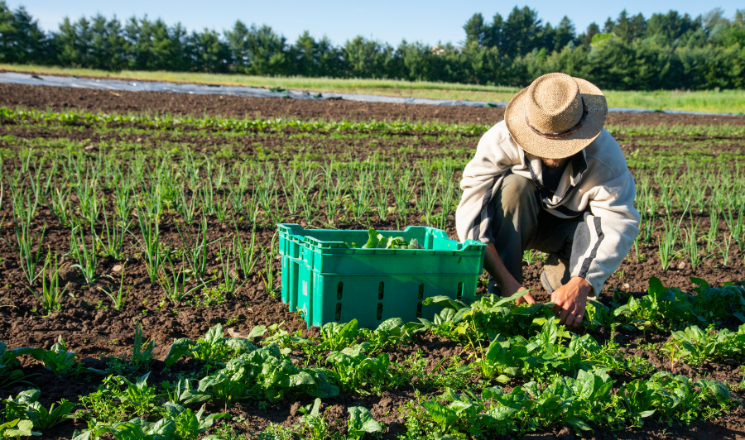
If mud between your toes sounds like your kind of therapy, head to a local organic farm. Chiang Mai’s countryside is dotted with family-run farms where you can pick veggies, plant rice, and learn about sustainable agriculture.
One well-known option is Thai Farm Cooking School, which mixes a cooking class with a mini farm tour. You pick your own herbs, grind your own curry paste, and cook everything in open-air kitchens surrounded by green fields.
Want to go deeper? Some places offer multi-day stays, where you help with planting, composting, and harvesting. It’s eco-living in action—and a great way to support local farmers.
After a few hours in the fields, you’ll have a new appreciation for every grain of rice on your plate.
Forest Bathing and Eco Retreats
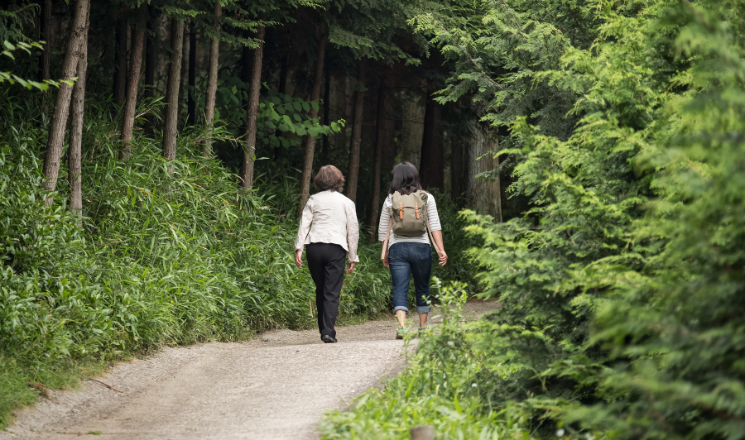
Sometimes, the best way to connect with nature is to slow down. And that’s where forest bathing comes in. Inspired by the Japanese practice of Shinrin-yoku, it’s all about quietly walking through a forest, taking in the smells, sounds, and sights.
In Chiang Mai, there are retreats and wellness centers offering guided forest therapy walks. The Mindful Farm, for example, encourages simple living, silent walks through woods, and mindful tasks like gardening and journaling.
Many retreats are run by monks or eco-minded locals who teach meditation, sustainable habits, and basic mindfulness. This blend of spirituality and nature makes Chiang Mai one of the best places in Southeast Asia for forest healing.
River Adventures and Bamboo Rafting
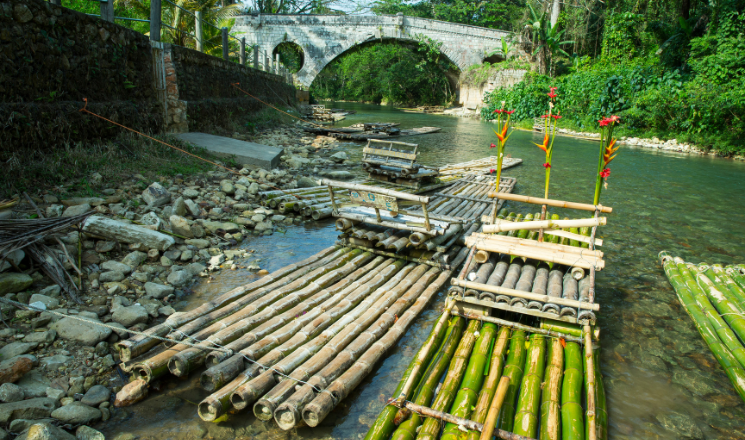
Let’s not forget the rivers! For another angle on nature in Chiang Mai, try bamboo rafting down the Mae Wang River. Guided by locals, you float gently past forested banks and tiny villages, stopping to swim or picnic along the way.
This is ideal if you’re looking for a peaceful activity without the physical strain of hiking. Unlike noisy whitewater rafting, bamboo rafting feels like time travel. No motors, no rush—just you, the water, and the soft sound of nature.
Connect with Local Tribes and Their Traditions
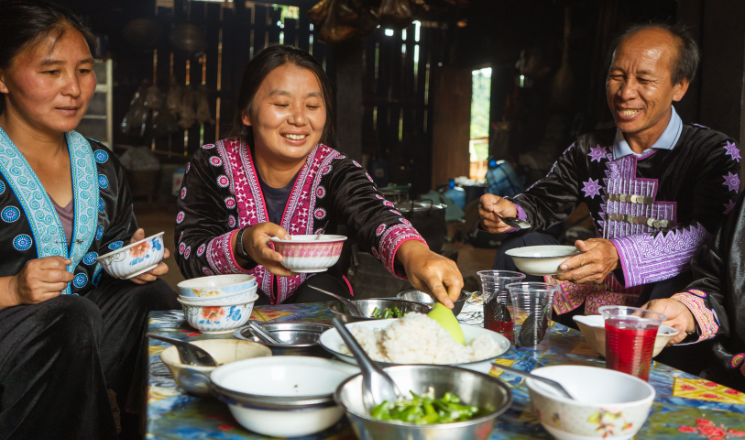
For a truly immersive experience, spend time in a hill tribe village. Several indigenous groups like the Karen, Hmong, and Lahu live in the highlands around Chiang Mai. Through community-based tourism programs, you can stay overnight, join farming or weaving activities, and share meals with your hosts.
Not only do you learn about traditional lifestyles, but you also help preserve them. This kind of experience is both humbling and educational, especially for travelers looking to make deeper connections.
One recommended program is The Lisu Lodge, which blends cultural tourism with environmental conservation. It’s a great way to support sustainable practices while soaking in the real beauty of rural Thailand.
Birdwatching and Nature Photography
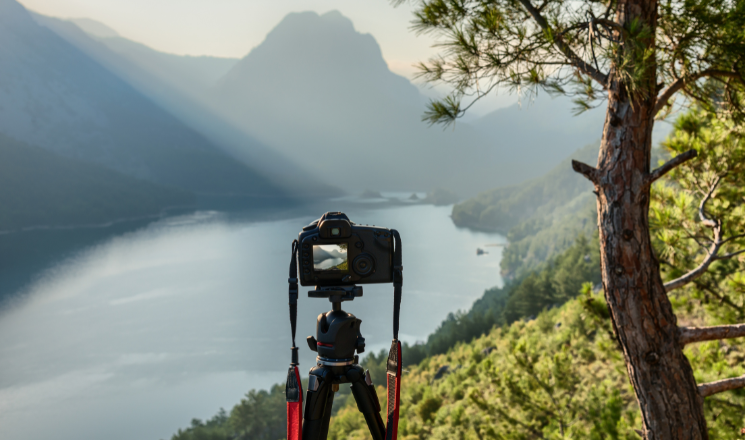
Chiang Mai’s biodiversity makes it a hotspot for birdwatchers and photographers. From brightly colored kingfishers to rare hornbills, the variety is impressive.
Doi Suthep-Pui National Park, just outside the city, is a good starting point. With its lush greenery and misty mornings, it’s the perfect backdrop for photography, too. Join a local birding guide to increase your chances of spotting rare species.
And even if you’re not a pro photographer, the light and landscapes here are almost impossible to mess up.
Don’t forget to bring binoculars or a zoom lens. You’ll kick yourself later if you don’t.
Practical Tips for a Nature-Filled Trip

- Getting Around: Rent a scooter if you’re confident, or hire a local guide for deeper journeys into the mountains.
- Best Time to Visit: November to February offers cooler weather, making outdoor activities more enjoyable.
- Stay Green: Bring reusable water bottles, avoid single-use plastics, and respect wildlife. Chiang Mai’s eco-tourism thrives because people take care of the land.
Apps to Try:
- Maps.me – Offline maps for hiking trails.
- Seek by iNaturalist – Identify plants and animals on the go.
- Chiang Mai Travel Guide – Helps plan nature-focused day trips.
Why It Matters
When you get hands-on with nature in Chiang Mai, you’re doing more than just sightseeing. You’re supporting local farmers, helping rescued animals, and learning skills that bring you closer to the Earth.
Most importantly, you’re leaving with stories worth telling—like the time you hiked through a misty jungle or made coconut curry from scratch on a quiet farm. These experiences stay with you, long after the trip ends.
Final Thoughts on Nature in Chiang Mai
Chiang Mai isn’t just another stop on your Thailand itinerary. It’s a place to slow down, breathe deep, and reconnect—with nature, with people, and with yourself.
So, ditch the guidebooks for a while. Put your hands in the soil, walk barefoot through the forest, or let an elephant gently nuzzle your shoulder. This is real travel. This is nature, Chiang Mai style.

